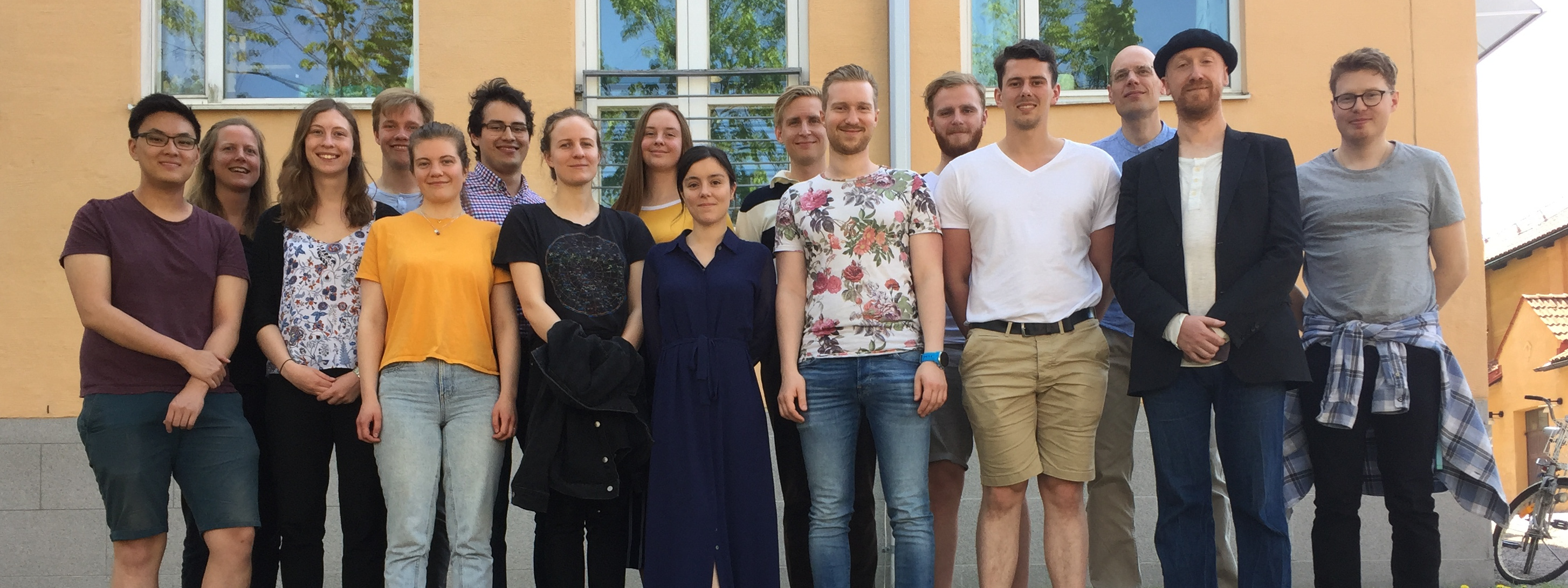Education-wise, we in ISBgroup have one major highlight during the year: our course TSRT17, the systems biology project course.
This course runs for third years students at TB (engineering biology), and this year we are also glad to have with us students from the I-Bio programme (biology with a more engineering and management training), and also some additional undergraduate and Ph.D. students who only take the initial part of the course for general training.
The initial part of the course consists of 5x2h lectures, 2 exercises, and a 12h computer lab. This gives them a crash course in systems biology, where they learn to put their various pieces of knowledge together into the art of model-construction and analysis.
The second part of the course is the major part of the course. Then they are divided in groups of 6-7 students, and given a scientific questions. This question is a real unanswered but interesting biological question, and is different for each group. The different projects all have the same character, however, since they are all structured around the analysis of a given set of data, where the task is to analyse this data for possible mechanistic explanations to the cause of the observations, and usually centered around two or more competing and plausible mechanistic hypotheses. The task is therefore to see which of these hypotheses that can be rejected, and to identify interesting and well-characterized core-predictions, which allows future experiments to test the conclusions, or differentiate between previously non-differentiable explanations, etc. All-in-all, the students are really doing real scientific research problems, which is really cool actually, both for us and for them.
The course will last for the entire semester, and there is a big presentation day on May 18, which is open for all, and which includes both a poster session, presentations by the students and by other invited lecturers, and by a prize-ceremony for the group with the best name and logga…! 🙂
So, welcome on May 18, to come and see the results of this years TSRT17-edition.


